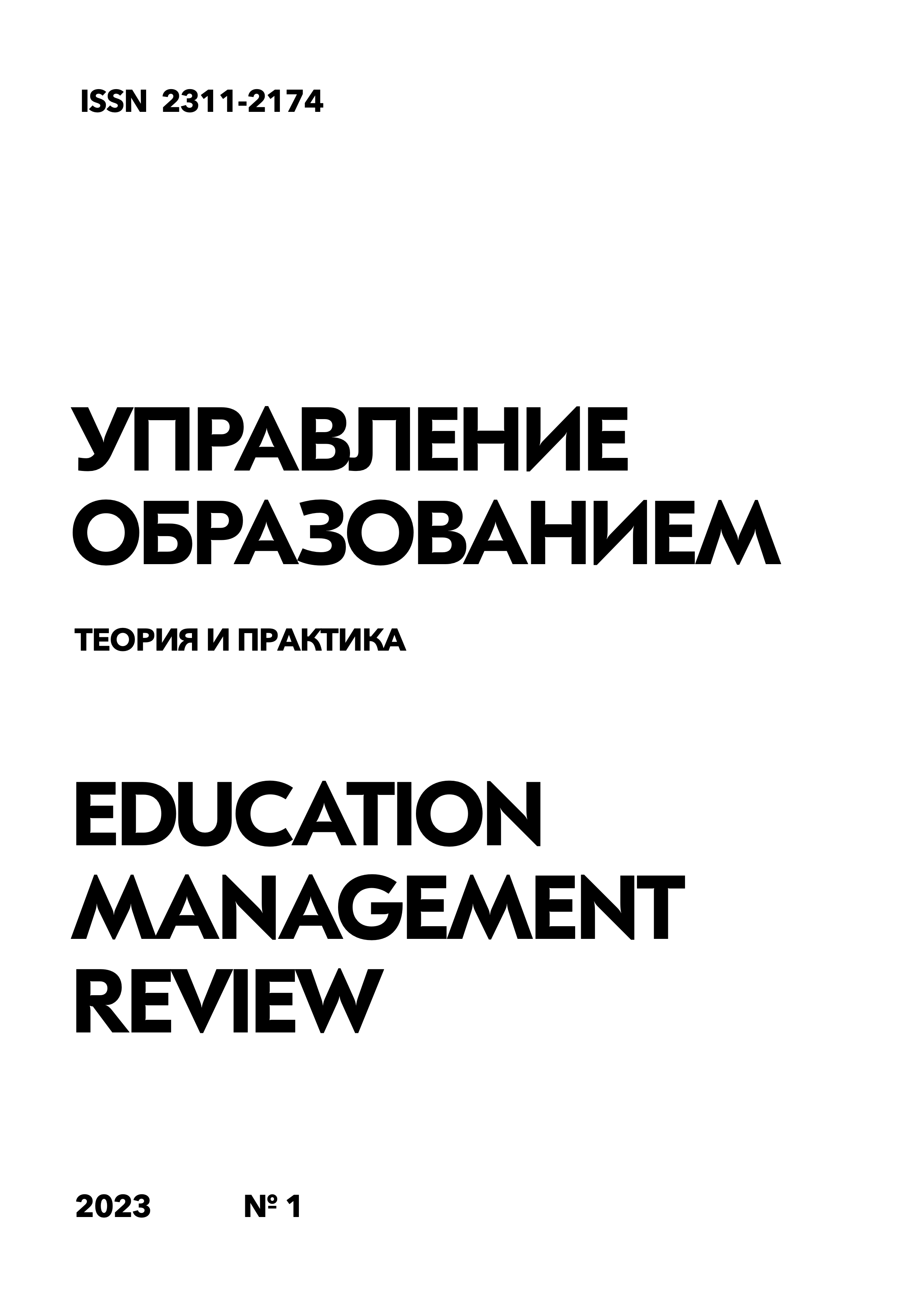Teaching methods of music interpretation in schools of the People's Republic of China
DOI:
https://doi.org/10.25726/p6534-8462-7223-zKeywords:
musical interpretation, teaching methods, PRC, evaluation of a musical workAbstract
Musical interpretation plays a very important role in music education in schools of the People's Republic of China. Teaching this aspect in music lessons can not only improve the comprehensive musical literacy of students, but also stimulate the imagination and creativity of students. Music assessment is the basis for studying other musical content and an important way of educating students with deep aesthetic abilities and basic musical literacy. The use of specific methods of teaching musical interpretation plays a very important intermediate role in learning, and this is related to the effectiveness of teaching in the classroom. Thus, only by in-depth study of methods of teaching musical interpretation, it is possible to improve the quality of teaching music in schools in China. This article outlines the teaching methods commonly used in teaching musical interpretation in music lessons in China. In teaching musical interpretation in China, the following types of methods are usually used: the method of evaluation by ear, the method of comparative evaluation and three foreign teaching methods: the Kodai method, the Orff method, the Dalcroze method, these are the ones we will focus on in our study
References
Бонфельд М.Ш. Проблемы музыки // Музыкальная академия. 1996.
Воеводина Лариса Петровна Вербальная интерпретация музыки в образовательном процессе // Вестник Таганрогского института имени А. П. Чехова. 2016. №2. https://cyberleninka.ru/article/n/verbalnaya-interpretatsiya-muzyki-v-obrazovatelnom-protsesse
Министерство образования Китайской Народной Республики. Стандарты учебной программы по музыке для обязательного образования (издание 2022 года) M. Издательство Пекинского нормального университета, 2022&
Медушевский В.В. О закономерностях и средствах художественного воздействия музыки. М.: Музыка, 1976. 254 с.
Назайкинский Е.В. Оценочная деятельность при восприятии музыки // Восприятие музыки. Сб. статей / Ред-сост. В.Н. Максимов. М.: Музыка, 1980. С. 195-228.
Старобинский С.Л. Методика стиле-слухового анализа музыкальных произведений на уроках музыки в общеобразовательной школе: пособие для учителя. М., 1999.
Ройтерштейн М.И. Музыкальный анализ - профессиональное умение школьного учителя // Музыкальное воспитание в школе. Вып. 16. М., 1985.
Чжан Линь. Изучение методов и моделей преподавания оценки музыки в контексте новой учебной программы // Шэньянский педагогический университет, 2014.
Исследование типов методов преподавания музыки в начальных и средних школах Лу Ди // Университет Хэнань, 2004.
Цзю Э.Г. К вопросу об анализе музыкальных произведений на уроках музыки в общеобразовательной школе // Обучение и воспитание: методики и практика. 2014. №14. https://cyberleninka.ru/article/n/k-voprosu-ob-analize-muzykalnyh-proizvedeniy-na-urokah-muzyki-vobscheobrazovatelnoy-shkole




